Slow growth knocks the wind out of EU renewable energy targets
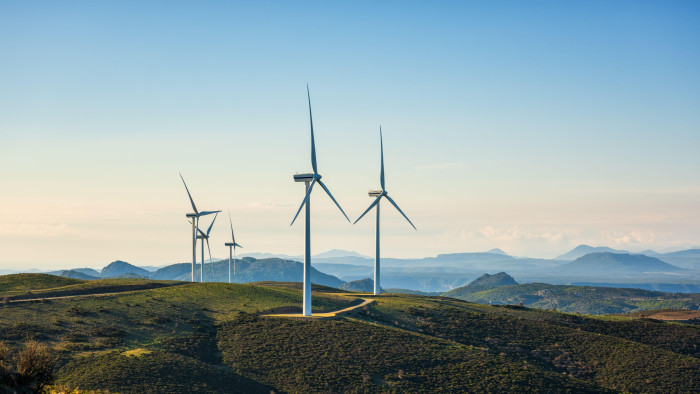
Simply sign up to the Renewable energy myFT Digest -- delivered directly to your inbox.
For years, six onshore wind farms due to be built in the picturesque Italian regions of Puglia, Sardinia and Basilicata were stuck in bureaucratic wrangles. Italy’s ministry of culture argued that the sight of the wind farms was an eyesore. The ministry of ecological transition pushed back.
Gaining permission for wind parks in situations like this can take eight years. But, in March, Italy’s highest executive body, the council of ministers, stepped in to secure the approvals. Roberto Cingolani, Italy’s minister for ecological transition, said this highlighted the government’s “commitment to the development of energy from renewable sources throughout the country”.
All EU states are now realising this need for more renewable power, as they wake up to the dangers of relying on Russian gas. With Russia cutting supplies to the west, following opposition to its invasion of Ukraine, traditional thinking about a transition to cleaner fuel to combat climate change has been upended.
The process of moving from coal to gas to renewables has now become a question of increasing coal power to see citizens through winter, while targeting as high a capacity of renewable power as possible. Nuclear power is also back on the table for some countries — even for those such as Germany that have been historically opposed to it.
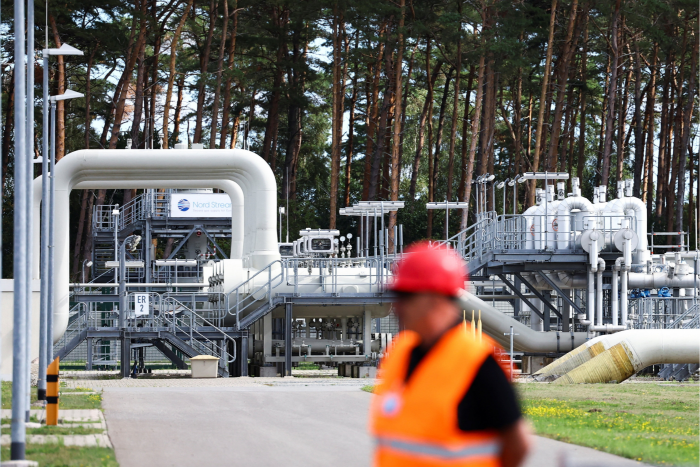
In its RePowerEU proposals set out in May, the EU said it wanted to increase its already enlarged target for renewable energy from 32 per cent of total power production to 45 per cent by 2030. But, despite desperate attempts to speed up clean power production, hurdles remain.
The gas crisis “increases the motivation and the determination” for renewable energy, says Graham Weale, professor of energy economics at Ruhr University Bochum and former chief economist at German energy producer RWE. “But, on the other hand, it is increasing problems of cost and so on, which are hampering proposed developments.” The EU’s new renewables targets, he adds, are “fairyland figures”.
The UAE-based International Renewable Energy Agency, an intergovernmental body, recorded the average EU capacity growth of onshore wind farms in the past five years as 8.3GW, with a maximum annual increase of 9.9GW. To reach the EU’s target, however, 26.8GW would need to be built each year.
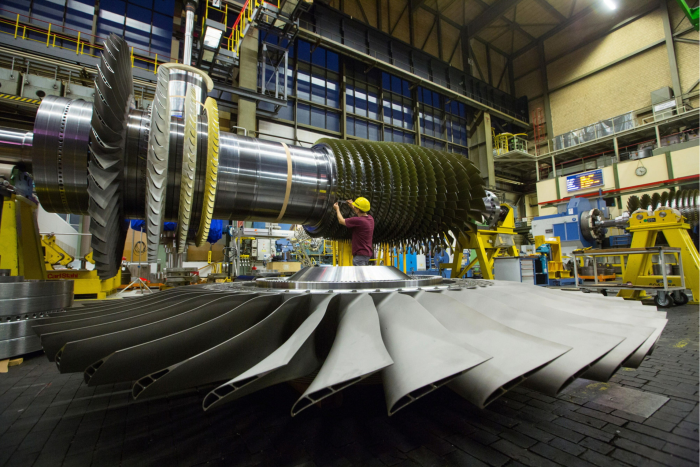
It is a similar story for solar panels. Average EU growth over the past five years has been 13.7GW with a maximum achieved of 21.4GW. But the EU target requires 55.4GW of annual growth.
Waiting on permissions is the biggest hold up to progress. Projects that take months to build can take up to 10 years to receive approval, the European Commission has said. Legislation to speed up the process has yet to be adopted.
Nils Torvalds, a European Parliament member working on the EU’s Renewable Energy Directive, says the environmental lobby can be obstructive in challenging the building of renewable parks on grounds that they may harm natural habitats. “Everyone knows some small species on the verge of extinction and that emotionality makes it difficult to find functioning solutions,” he says.
At the building stage, parks face big supply headaches. Punishing price rises on materials for wind turbines and photovoltaic cells are in part due to Covid lag in China, a leading parts supplier, and because of the Ukraine war.
Industry body WindEurope says the price of balsa wood needed for rotor blades is up 300 per cent since February. Steel prices have almost doubled and the cost of nickel, a commodity needed in the production of turbine components, has increased by 35 per cent.
Wind turbine manufacturers have typically signed contracts at fixed prices with developers, says Giles Dickson, WindEurope chief executive. With little sign of an end to price rises, though, these have become unsustainable.
Slow permission procedures also mean developers are fighting over a limited number of available sites: “They are competing for a smaller pie than they should be,” Dickson adds. “So the prices that are winning auctions are not necessarily prices that are possible for manufacturing wind turbines.”
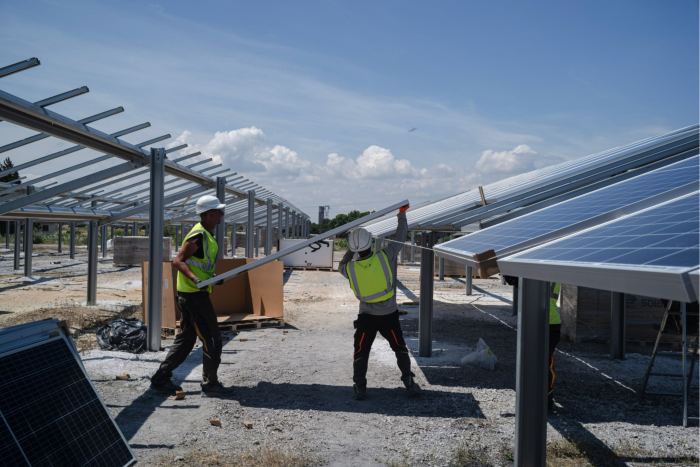
In April, Sheri Hickok, GE Renewable Energy’s chief executive for onshore wind, warned: “We have an inflationary market that is beyond what anybody anticipated even last year.” She noted that suppliers were cutting jobs, too. “If the government thinks that on a dime this supply chain is going to be able to turn around and meet two to three times the demand, it is not reasonable.”
Once wind and solar farms are built, the final element is whether the grid is ready to cope with such intermittent power sources. Laurent Schmitt, utilities head at clean power company Dcbel, says: “While grids have, so far, not been major roadblocks to renewable integration, we should anticipate they will become bottlenecks.”
Energy Transition Summit

Register your place for this year’s Energy Transition Summit to be held in London on October 17-19 here
See the full list of events, including the upcoming Mining Summit on October 20-21 here
More investment is needed, Schmitt argues, in storage capacity near clean energy sources, as part of a more dynamic effort to capture the benefit of sun and wind energy when it’s around.
Weale points to a high court ruling in Germany stating that the government must do more to expedite the green transition. He says there may be political obstacles to a faster renewables rollout, but “any problem can be solved by throwing a great deal of money at it.”
However, he adds that a massive investment in renewables to make them a viable replacement for Russian gas would present a challenge to a fundamental EU precept: that member states should not dole out huge amounts of state aid, lest it imbalance fair competition in the single market.
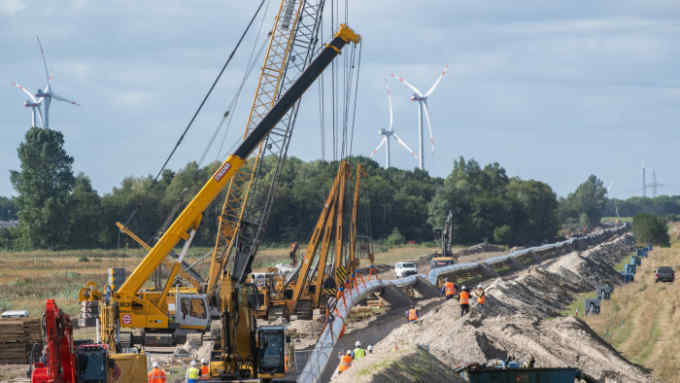
Comments